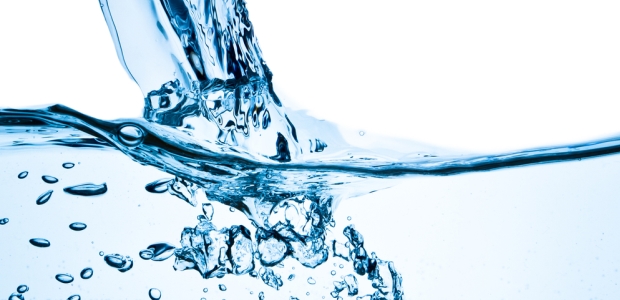The chemical distributor's retaining wall around a chemical storage tank failed to prevent a leak of 4-Methylcyclohexane Methanol that has contaminated the drinking water supply for 300,000 residents.
Clark County Commissioners have approved John Entsminger for the agency's top executive post. He has been the senior deputy general manager for the district and the Southern Nevada Water Authority.

With just over a month to go before the Reduction of Lead in Drinking Water Act becomes effective in the United States, the House of Representatives has passed a bill that will exempt fire hydrants from lead-safety regulations.

The Reduction Act calls for reducing lead in new products, new installations, and repairs of systems that deliver drinking water. It takes effect in January 2014.
The $1.5 billion Catskill/Delaware UV Facility provides treatment specifically for Cryptosporidium and Giardia microorganisms. New York City officials committed to build the facility in 2002, before EPA issued a rule requiring such treatment for surface water supplies.
The state agency released a guidance document and an online learning module this month that cover available collection programs and appropriate disposal methods.
The International Desalination Association's Oct. 20-25 meeting at the new Meijiang Convention and Exhibition Center will focus on desalination technology, environmental sustainability, plant operations and management, and governance and finance.
Authors of a recently published study reported their capacity for absorbing salt is better than the current state-of-the-art water treatment systems using activated carbon.
Marafiq, Dow Chemical, and Saudi Aramco chose the company to design, build, and operate what will be the largest ultrafiltration and reverse osmosis desalination plant in the kingdom.
The company opened its Beckton desalination plant in 2010 but says the increase is needed for other reasons: the cost of the Thames Tideway Tunnel and too many unpaid water bills.
The USGS has conducted a new study to determine the contaminant vulnerability of public-supply wells around the country, and also to discover which pollutants in an aquifer will make their way into those wells.
In an online survey conducted by GE, Chinese residents showed the most support for water reuse when compared to counterparts in the United States and Singapore.
Simple and inexpensive residential water tank monitors can offer peace of mind for thousands of concerned citizens in China who are in need of safe and drinkable tap water.
In the United States, 210 million people live near a diminishing water source.
The Elm Street Pump Station application is unique in that the tertiary treated effluent produced by RCWD’s existing Water Reclamation Facility will actually be used to feed the on-site sodium hypochlorite generation system following pretreatment utilizing a Reverse Osmosis system.
GE will be providing its ZeeWeed 500 Membrane Technology to the largest European drinking water plant, located in Italy. This water technology will provide additional potable water for the residents of Ravenna, Italy, with the capacity to treat 95 million liters of water per day.
The ATSDR report says drinking water distributed by the Hadnot Point treatment plant contained excessive amounts of five VOCs from August 1953 through January 1985.
March 10-16 is National Ground Water Awareness Week, and the Tennessee Department of Environment and the Tennessee Department of Health is encouraging their residents and private well owners to support ground water awareness this week.
As part of Nestlé Waters North America’s longterm renewable energy plan, wind energy will power 30 percent of the entire bottled water facility.
The Victorian Desalination Project in Australia can supply 150 billion liters of fresh water each year by using low- and medium-voltage variable frequency drives, electrical motors, and harmonic filters from GE.